Introduction
Digital transformation is a profound revolution that goes beyond adopting new technologies. It involves reimagining business models and streamlining processes to deliver enhanced value to customers. This seismic shift encompasses advanced cloud computing, artificial intelligence integration, big data analytics, and the Internet of Things.
Nets, a digital payment solutions firm, exemplifies the significance of transforming complex technical data into user-friendly formats to drive self-discovery and enhance the onboarding process for new employees. However, current trends reveal a misalignment between investment priorities and areas of significant impact, underscoring the need for a comprehensive approach to digital transformation. Embracing this transformation requires organizations to ask what fundamentally different business they should aim to become, recognizing the creation of exponentially expanding opportunities.
With IT services growing at double the rate of the global economy, there is a need for broader distribution of the benefits of digital transformation. By understanding the scope and key components of digital transformation, organizations can navigate challenges, secure executive buy-in, develop a clear strategy, cultivate a digital culture, and effectively adopt and implement digital technologies. The journey towards digital transformation requires continuous improvement, adaptation, and a strong focus on cybersecurity, ultimately leading to sustainable growth and success in the digital era.
Understanding the Scope of Digital Transformation
Digital revolution is more than just adopting new technologies; it's a profound revolution in the very fabric of an organization's operations, enabling enhanced delivery of value to its customers. Key elements of this seismic shift include advanced cloud computing, the integration of artificial intelligence, the strategic use of big data analytics, and leveraging the connectivity of the Internet of Things (IoT).
For instance, Nets, a payment solutions company with over five decades of experience, emphasizes the importance of transforming complex technical data into user-friendly formats. Their method of modernizing involves developing captivating methods for users to engage with information, thereby promoting self-discovery and improving the onboarding process for new employees. This reflects the wider objective of modernizing: to envision new business models and optimize processes in a manner that is both effective and engaging for users.
Current trends reveal that the most impactful investments in the virtual health, electronic front doors, and AI are often those that have the highest potential impact, with 88% of health system executives expecting significant impact from AI despite a current investment gap. This emphasizes a crucial misalignment between investment priorities and areas of substantial influence, emphasizing the requirement for a comprehensive approach to technological change.
The sector's growth showcases the transformative power of innovation in the realm of technology. IT services have grown at double the rate of the global economy and have created jobs six times faster. Nevertheless, 70% of the worldwide value added in IT services is focused within the top six economies, indicating a necessity for wider distribution of the advantages of technological advancement.
Adopting the shift towards the use of technology is not just about upgrades; it's about considering what fundamentally distinct objectives an organization should strive for. It involves recognizing the 'Big Shift'—a term coined to describe the global economic and societal change driven by the creation of exponentially expanding opportunities. This requires a shift from focusing on efficiency to pursuing broad business change, thereby unlocking new ways to create value with fewer resources.
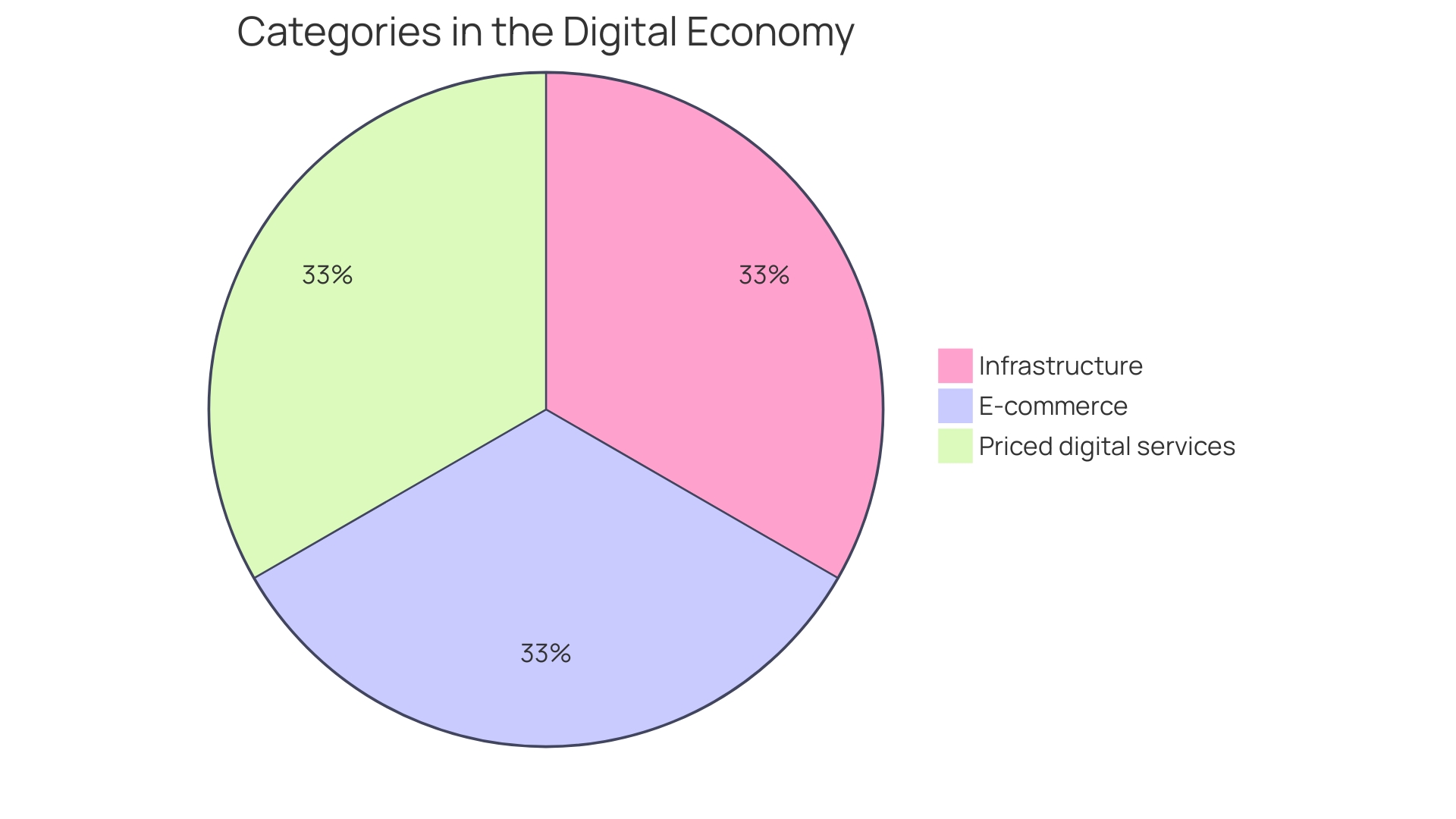
Why Digital Transformation Matters
Companies globally are harnessing technology advancements to redefine their operations, enhance customer engagement, and spearhead innovation. In the realm of electric vehicles, companies like Rivian epitomize this shift, with their strategic goals aimed at achieving net-zero emissions by 2040. To meet this objective, they prioritize sustainable practices and waste reduction across their dispersed US teams. Similarly, Jubilant Ingrevia’s digital progression in their Acetic Anhydride plant demonstrates how market leaders with large production capacities and minimal staff can employ digital strategies to bolster their international market presence.
Digital innovation goes beyond simply upgrading technology; it entails a thorough evaluation of operational processes and models to flourish in a digital-first economy. For example, the Capgemini Research Institute's report discloses an optimistic perspective among leaders for 2024, with a concentration on investments in customer experience, innovation, and sustainability, despite economic headwinds. This optimism is shared by retail experts who acknowledge the need for internal change to navigate market volatility and inflationary pressures.
To navigate this terrain efficiently, companies must initially assess their technological advancement, identifying areas for improvement. Transformation is not a one-size-fits-all solution; it requires a nuanced, goal-oriented approach that may include improving customer satisfaction, bolstering operational efficiency, or launching innovative products. A multiprovider, multipartner strategy can foster collaboration and secure transitions, as demonstrated by Satyendra Kumar's approach to legacy system security.
Furthermore, agile methodologies in software development underscore the importance of flexibility and rapid iteration, empowering products to succeed in fast-paced markets. As the online economy expands to include infrastructure, e-commerce, and priced online services, enterprises must adapt to maintain relevance and competitiveness.
In the midst of this transition, there is an increasing awareness of the need to balance economic growth with environmental sustainability. A substantial proportion of industry leaders now acknowledge that constant expansion might clash with addressing climate and ecological issues, indicating a shift towards more sustainable models.
In summary, the process of embracing the advancements of the digital era is not solely focused on technology—it involves reenvisioning business to capitalize on the possibilities offered by a technology-centered world. The journey requires a strategic plan, clear objectives, and an agile mindset to navigate the challenges and harness the potential of innovation.
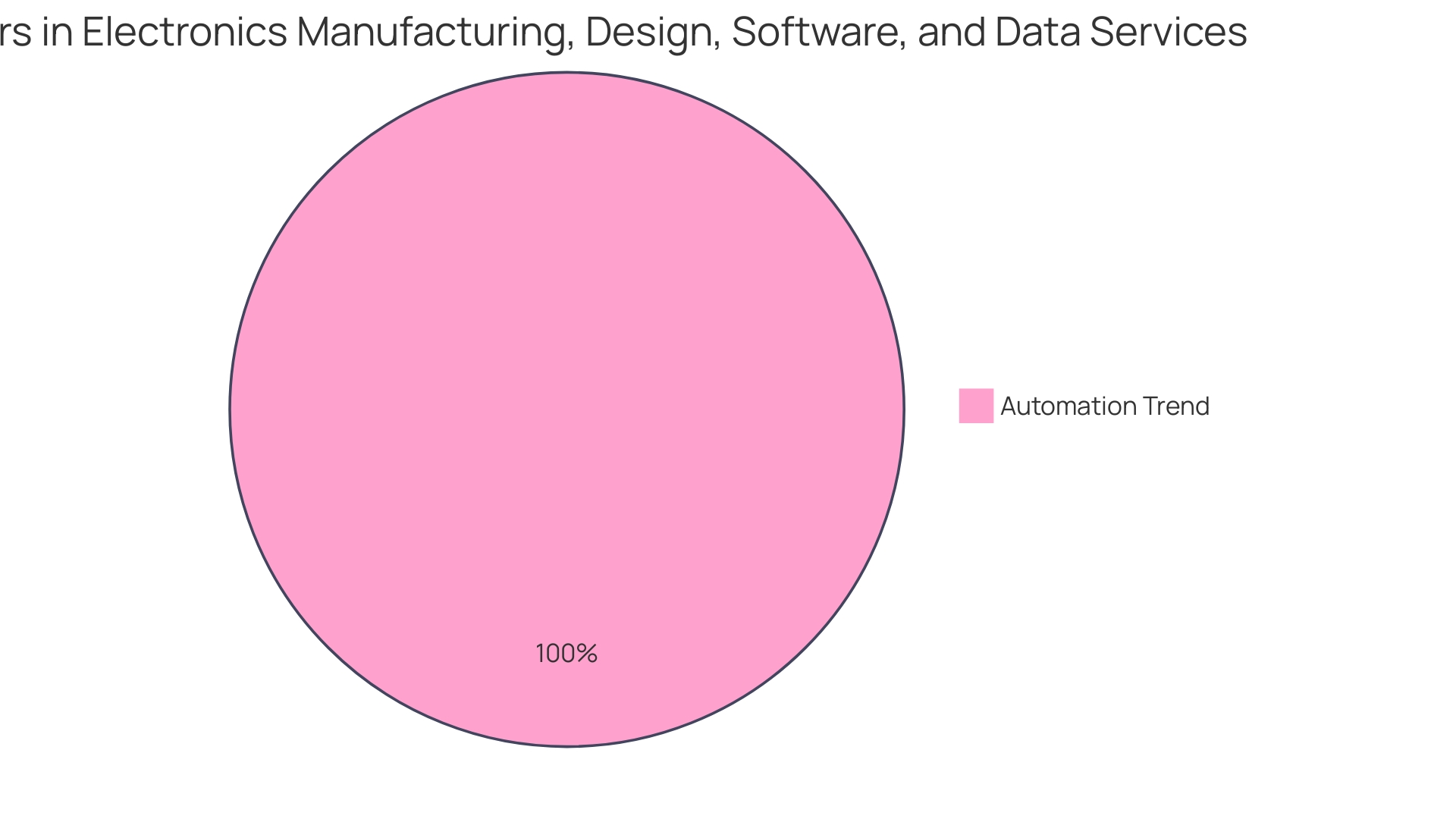
Key Components of Digital Transformation
Digital evolution is an extensive journey for any organization, involving a myriad of components that must be carefully orchestrated. At the core of this journey lies the creation of a comprehensive transformation strategy that not only aligns with the organization's objectives but also fosters an innovative culture. Adoption and implementation of technology advancements play a pivotal role in this evolution, enabling businesses to redesign processes for enhanced efficiency and to pivot towards a customer-centric model of engagement.
For example, Nets, a provider of payment solutions using technology with a history spanning over half a century, illustrates the intricate process of translating technical data into engaging, user-friendly content. As described by Karmela PeÄek, Instructional Designer at eWyse Agency, the challenge was to transform complex tables and schemes into formats that encourage user interaction and discovery. This illustrates the significance of efficient data handling and analysis in the process of modernization.
Additionally, guaranteeing cybersecurity, expanding technological initiatives, and embracing ongoing enhancement are essential for sustaining the momentum of progress. The journey is not without challenges, but with events like DIGITAL X, where decision-makers come together to network and share insights, organizations can redefine digitalization in a tangible manner, addressing prevalent concerns such as the meaning, status quo, and future of their operations.
Future trends in digital evolution are shaping up to be as dynamic as the technologies driving them. In the midst of this progression, the ultimate goal is not only to improve operational effectiveness but to experience a full-scale organizational shift. This raises a fundamental question, as highlighted by industry experts: What fundamentally different industry should we be seeking to become?
Statistics depict a distinct image of the landscape of change in technology. The need for a shift in technology has become more evident after the pandemic, with businesses globally acknowledging its crucial function. Expenditure on AI, AR/VR, IoT, and other emerging technologies is expected to surge, with investments in these programs projected to exceed $3 trillion by 2030. Nevertheless, a surprising 70% of these initiatives fail to achieve their intended outcomes, highlighting a substantial risk and emphasizing the necessity for a strategic methodology regarding the evolution of technology.
As companies navigate through the age of technological disruption, evaluating the effectiveness of digitization endeavors becomes essential. With the right strategy, an organization can position itself to harness the exponentially expanding opportunities that the era presents.
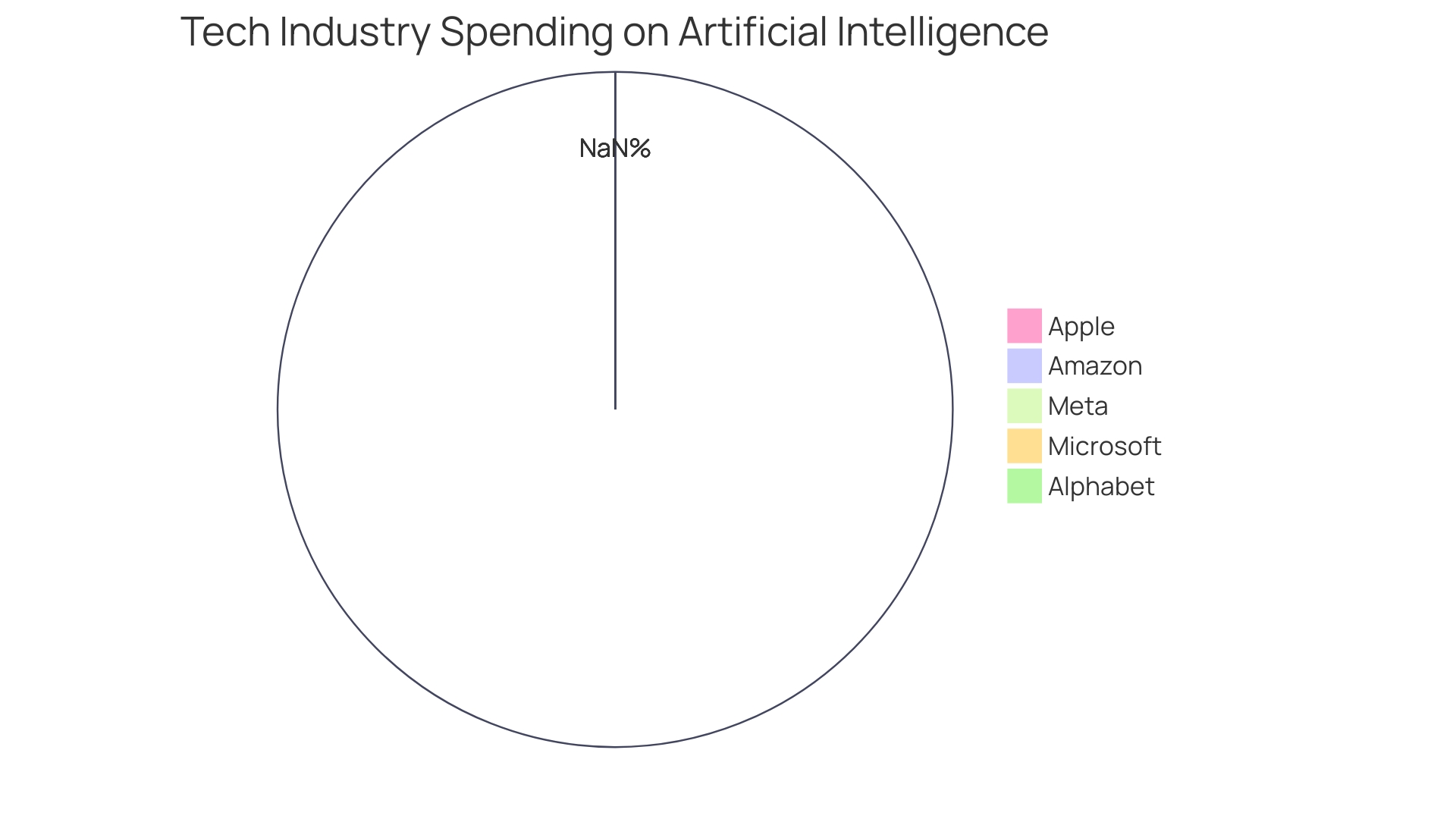
Developing a Clear Digital Transformation Strategy
Creating a transformation strategy is not just a choice, but a requirement for companies aiming to thrive in today's complex ecosystem. A strong plan is one that is closely connected with the company's overarching objectives, outlining the necessary steps to achieve the desired outcomes. It takes into account the organization's present state, aspirational future, the audience it serves, the competitive environment, and its technological prowess. To create such a strategy, a thorough analysis of the existing processes is necessary, identifying areas ready for improvement, setting attainable goals, and outlining a distinct roadmap for the journey ahead.
In Chile, a leading retail giant with over 400 supermarkets nationwide faced a critical challenge. Despite a strong mission to save customers money for a better life, they grappled with retaining and attracting top tech talent, hindering their goal to become the preferred employer for technologists in the region. This necessitated the creation of a dedicated Talent division to address the issue.
The core of modernization lies in the acceptance of advanced methods across processes, products, and assets, thereby enhancing productivity, providing more value to customers, mitigating risks, and discovering fresh sources of income. Such changes are extensive, modifying the way businesses operate, impacting individuals, procedures, and technology. While a large number of organizationsâapproximately 89 percentâhave adopted a technology-focused approach, a staggering 70 percent of technology initiatives fall short of their objectives, thus posing significant risks for such undertakings.
To attain success in the process of modernizing technology, a common understanding of responsibility, answerability, and teamwork is crucial. This language must be business-oriented to drive change, support cross-functional teamwork, and cater to different levels of detail for all staff layers. Occurrences like DIGITAL X have surfaced as platforms to redefine digitalization together, concentrating on practical solutions, networking, and learning among peers to address the digital challenges faced by enterprises today.
Digital transformation starts with ambition and a clear problem statement. Questions such as the global events that might impact the organization, or emerging products in response to market shifts, are crucial. It's about more than just migrating to the cloud; it's about integrating technology into every organizational aspect and fostering a culture ready to innovate, challenge norms, and accept failures. Preparing for this journey involves understanding the common pitfalls of initiatives in the realm of technology, which often stem from insufficient leadership vision and planning—the underpinning of digital triumphs. According to Bryan Solis's research, market competition and growth opportunities are the main catalysts for change, cited by 51% of surveyed organizations, with competitive pressure following at 41%. In a dynamic marketplace, businesses need to adapt every two to five years to remain viable, with technological advancements being the primary driver of change.
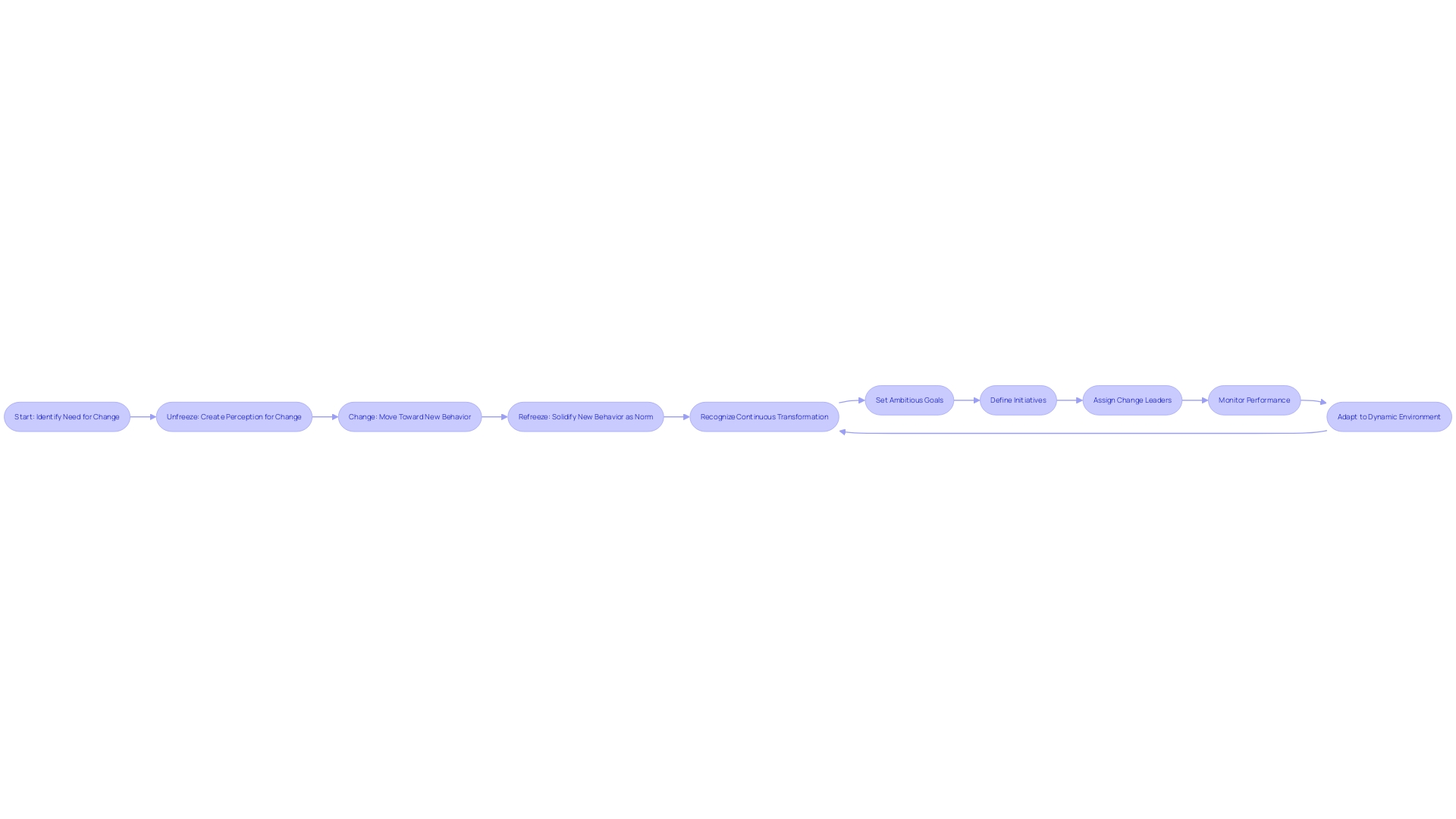
Securing Executive Buy-In and Leadership Commitment
The importance of leaders advocating for the adoption of new technology and modernization is crucial, as they are the frontrunners in establishing the direction and mobilizing the organization towards a unified technological plan. Achieving success in the modernization of technology depends not just on incorporating advanced technologies but also on the leaders' dedication to cultivating a culture that welcomes change. For example, M&T Bank, with its remarkable history, has embraced the task of modernization in the banking industry - a field known for increased security requirements and strict regulations. By instituting Clean Code standards, M&T Bank illustrates how leadership can mitigate risks such as security breaches and reputational damage, ensuring software reliability and compliance.
Despite the fact that 89 percent of organizations have embraced strategies that prioritize technology, and the anticipated expenditure in modernization may surpass $3 trillion by 2030, it is worrisome that 70 percent of these endeavors fail to achieve their goals. The deficiency frequently originates from a leadership gap; many leaders face difficulties in imagining how emerging advancements like augmented reality and analytics could be utilized to improve their offerings. Leaders need a fundamental understanding of how data transforms internal and external processes, recognizing the differences between structured and unstructured data, and the operational premise of analytics.
Brian Solis, a principal analyst at Altimeter Group, observed a deficiency of business strategy integration in efforts for modernization, which frequently leads to mere digitization rather than genuine change. This highlights the significance of executive support where leaders must not only support but also actively engage in the journey of digitization, comprehending the potential of advancements and propelling the agenda for change with clarity and purpose. Such leadership dedication guarantees that the process of digitization goes beyond the adoption of technology, fostering an atmosphere where innovation and collaboration flourish, and where the visionary change becomes a tangible reality for the organization.
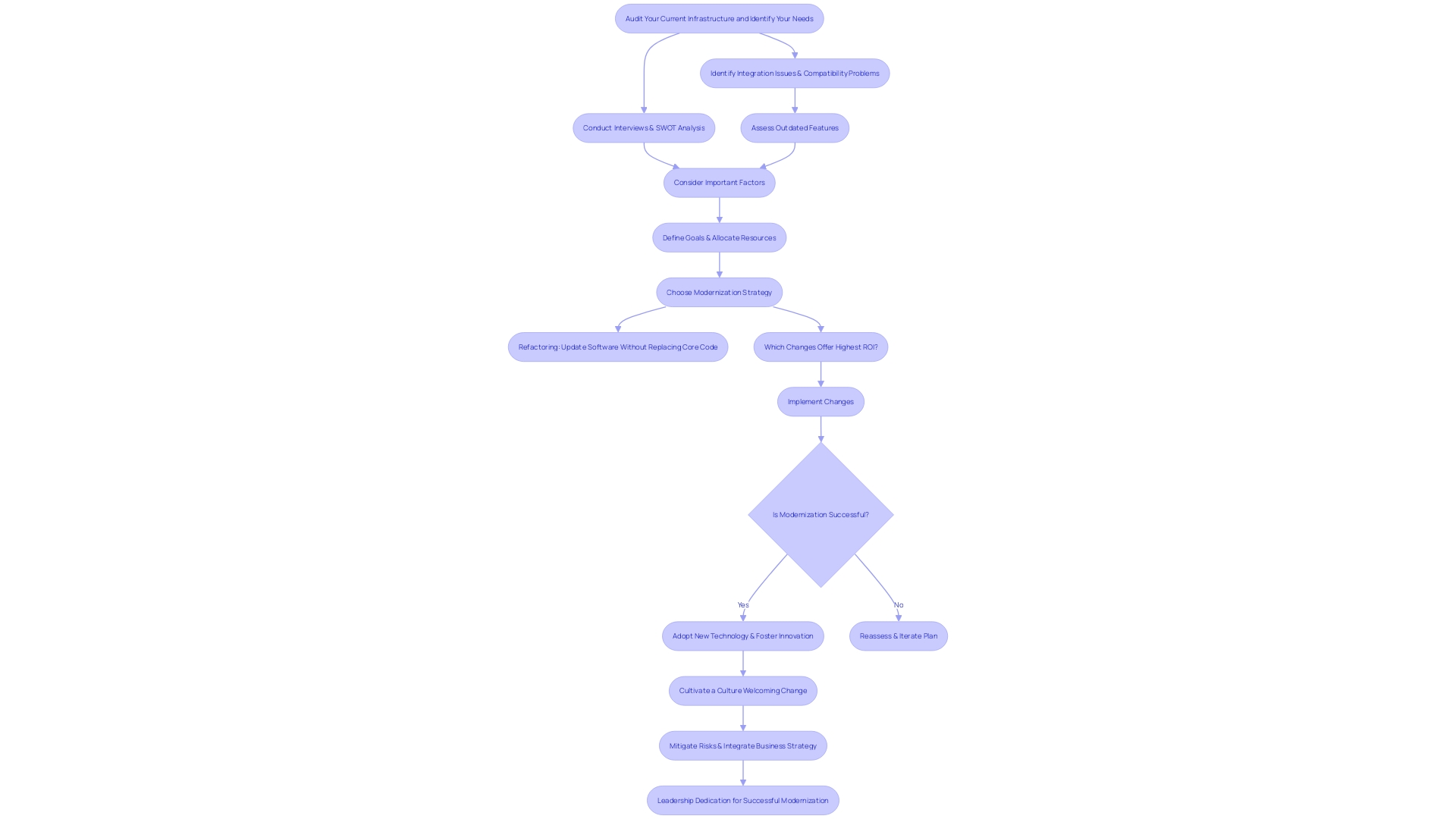
Creating a Digital Culture and Workforce
The necessity for businesses to establish a technologically knowledgeable culture and workforce is a foundation of successful transformation. This evolution requires nurturing a culture that prizes continuous learning, adaptability, and agility. To achieve this, organizations must commit to reskilling and upskilling their workforce, enhancing their digital proficiencies to thrive in an ever-changing technological landscape.
Creating multidisciplinary teams that emphasize collaboration is an effective strategy to dismantle operational silos and stimulate innovation. This was exemplified by a leading player in Chile's retail sector that faced challenges in retaining and recruiting top technological talent due to rapid growth and a lack of strategic focus on employee development. By establishing a dedicated Talent division and fostering an environment that valued employee growth, the company aimed to become the employer of choice for technology professionals in Chile.
Furthermore, the integration of new capabilities into existing workflows is crucial for modern service delivery, as seen in the Navy's adoption of a framework that synchronizes research, prioritization, and system sustainment with IT business strategy. This applies to all aspects of electronic operations, from device accessibility to network connectivity, ensuring uninterrupted and secure service access.
The success of technological initiatives often hinges on the executive team's awareness and willingness to make necessary structural changes. Collaborative engagement with stakeholders and continuous feedback are vital to the successful implementation of technology strategies. This approach was successfully employed by the Digital Transformation and Operations (DTO) service line in the U.S., which worked closely with clients to co-create solutions and foster executive-level awareness.
In the realm of talent retention, Carina Parisella of ANZ bank highlighted the importance of designing strategies that focus on the individual interests and goals of employees. This approach has led ANZ to an impressive retention rate that surpasses industry averages. Similarly, Megan Dixon at Assurance IQ underscores the significance of a learning culture, which is instrumental in empowering both technical and non-technical staff to make informed decisions through data analytics.
To navigate the journey of technological advancement, it is crucial for organizations to evaluate their level of readiness in the digital era and pinpoint areas for enhancement. Setting clear goals for enhancing customer satisfaction, operational efficiency, or introducing new products is crucial. A well-organized strategy that incorporates timelines, necessary resources, and risk evaluation will direct the change endeavors.
Lastly, it is crucial to acknowledge the pitfalls that can derail initiatives in the realm of technology. A lack of vision, insufficient planning, and resistance to adopting agile methodologies are common reasons for failure. By comprehending these challenges and gaining insights from previous errors, companies can improve their readiness for their journey of technological change. The scenery is constantly changing, and the embrace of AI, AR/VR, IoT, and other emerging advancements will persist in molding the future of business operations.
Adopting and Implementing Digital Technologies
In the era of technological advancements, selecting and integrating the right digital innovations is not just about keeping pace with the market—it's about setting the stage for future innovation and growth. This necessitates a methodical approach to adoption that starts with a comprehensive evaluation of the potential solutions available. For example, when clinicians or departments within the NHS suggest the implementation of new electronic innovations, their requests undergo a thorough evaluation to ensure security, compliance, and alignment with existing capabilities. This diligence often uncovers existing solutions within the organization that can be utilized or expanded, streamlining the adoption process.
The intricacy of the evolution of technology is demonstrated in sectors like petrochemicals, where ready-made software solutions are frequently inadequate due to highly specific requirements. Companies like SFCC have experienced this firsthand, with Mr. Dong highlighting the gap between vendors' understanding and the industry's technical requirements. Consequently, organizations are obliged to create tailor-made systems utilizing tools such as Access and VB macro languages, notwithstanding the inherent constraints in scalability and the requirement for extensive manual programming.
The path towards the transformation of our world is emphasized by the progression of innovation from mainframe computers to the current interconnected environment of mobility, cloud computing, social media, and big data analytics. This continuous advancement requires a strategic method for execution, taking into account not just the tools itself but also the distribution of resources, timelines, and the management of change across the organization. For instance, Telekom's endeavor to develop a metaverse solution for stress prevention showcases the innovative utilization of virtual reality advancements to tackle workplace wellness, displaying the potential of virtual solutions to revolutionize employee experiences.
Importantly, the process of modernization is defined by flexibility and the capacity to adjust to fast modifications in market dynamics and advancements. It's about reimagining traditional processes and fostering a culture that embraces continuous improvement. Like Mr. Dong Ke at SFCC, experts in the field have demonstrated that developing internal capacities is crucial for attaining this degree of adaptability, especially when external options are inadequate for addressing distinctive operational challenges.
To effectively navigate the transformation journey, organizations must start with an assessment of their technological advancement, establishing specific goals and developing a comprehensive course of action. This strategic planning is crucial, as demonstrated by the significant role modern technologies play in present-day operational practices, from improving customer experiences to streamlining effectiveness. Statistics further reveal the increasing integration of AI across various industries, demonstrating the transformative power of technology in producing goods and delivering services. The journey to transformation is as distinctive as the organizations embarking on it, and the key to success lies in a customized approach that aligns with specific business goals and challenges.
Effective Data Management and Analytics
Organizations must navigate the intricate landscape of data management to unlock the full potential of their assets. A robust approach involves meticulous data governance, ensuring quality, and upholding data privacy. By adopting a structured data architecture, companies can effectively streamline data flows. This entails establishing consistent naming conventions and language standards, which lay the foundation for an adaptable and sustainable data pipeline. For instance, a deliberate data review can unveil opportunities to refine data management practices. Such strategic planning was instrumental for a gaming company as they transitioned to a more coherent data infrastructure, leading to a proposal for an ideal end state with clear steps to structure their data.
Constructing a twin, as observed in Bosch's implementation for their solid oxide fuel cell system, can serve as a potent tool for visualizing and monitoring data. This enables optimization of cost and performance over a system's lifetime, leveraging the high electrical efficiency and flexible scalability of the SOFC. Companies striving to transition from raw data insights to structured analytics can learn from these practices. Previously, a team might spend excessive time crafting complex queries to decipher simple trends, but with a structured approach, data can be efficiently processed, reducing redundancy and enhancing clarity.
Capital One's journey underscores the significance of a well-governed data ecosystem that is both accessible and capable of informing critical decisions. As organizations amass vast quantities of data, the true challenge lies in harnessing this resource at scale. Data management and governance are evolving landscapes, and mastering them is essential to unleash the transformative potential of data.
It is important to note that data management is not just about organization; it is also about time efficiency. The mean time to resolve (MTTR) a data incident and the mean time to production (MTTP) for new data products are critical metrics. Improving data quality directly impacts these metrics, as it can reduce the time to market for data products. A data team's baseline responsibilities include ensuring service uptime, maintaining security, and adhering to privacy regulations. By focusing on these key areas, organizations ensure that their data initiatives are well-positioned for success, providing a reliable service to both internal and external customers.
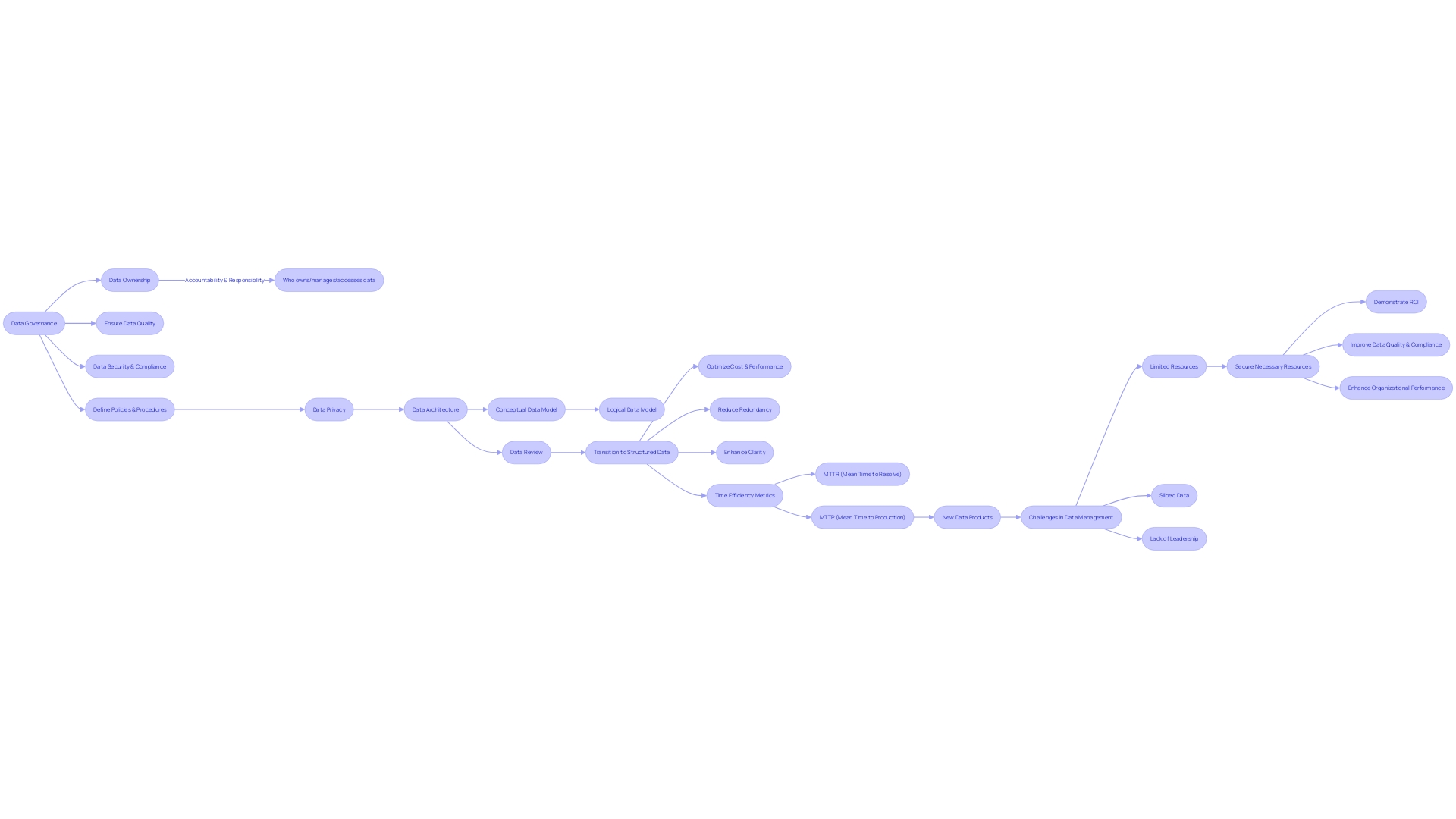
Redesigning Business Processes for Digital Efficiency
To take advantage of digital advancements, companies are revolutionizing their processes by automating and streamlining workflows, which not only boosts productivity but also enhances the user experience. For example, selecting a technical stack that aligns with business needs, such as Django, Tailwind, and HTMX, can lead to more streamlined processes. This was demonstrated when a comprehensive SEO strategy was devised by analyzing competitor traffic and refining content to boost search rankings. Taking cues from Travel Charme Hotels & Resorts, technology integration has proven to be pivotal in enhancing hotel operations and guest experiences. Likewise, Rivian, an electric vehicle manufacturer, is another proof of how technology adoption can be utilized to accomplish sustainability objectives across geographically scattered teams. The utilization of Business Process Management (BPM) software is a vital enabler in this process, offering insights into current processes and uncovering opportunities for enhancement.
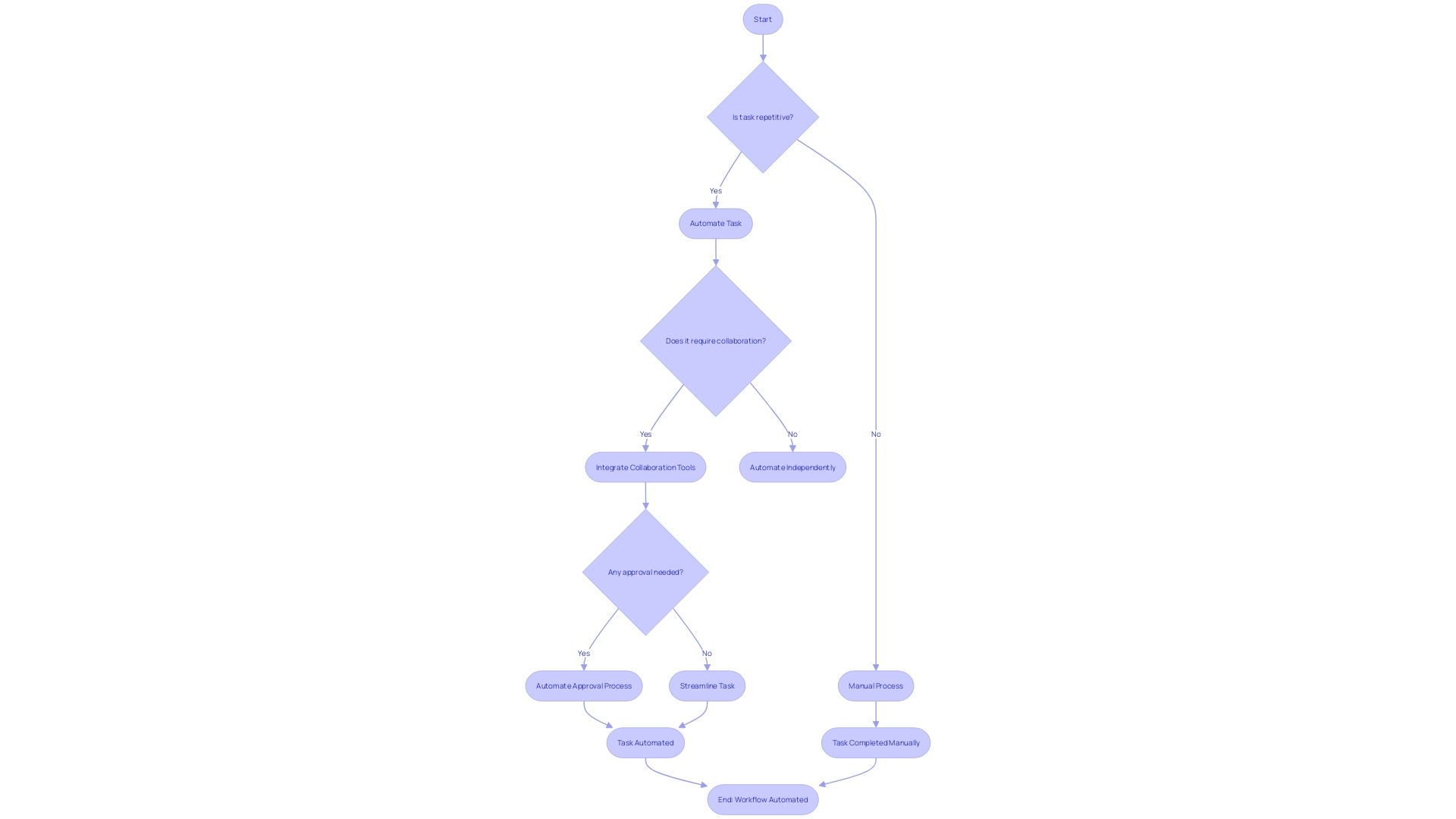
Customer-Centric Approach and Engagement
Adopting a customer-focused approach is crucial in today's evolving landscape. It's vital for organizations to deeply understand and address customer needs, preferences, and challenges to offer personalized and frictionless experiences. Effective leverage of customer data, market research, and design thinking principles are key to this strategy. Such a focus on the customer not only strengthens relationships but also enhances loyalty and propels business growth.
A case in point is the success of an unnamed company that provided Cindy with an exemplary customer support experience. The company created an Omni-channel journey where Cindy seamlessly transitioned from a website inquiry to a chatbot interaction, followed by live chat, and finally to a phone call without repetition or hassle. This is a gold standard in modern customer support, reflecting the continuous conversation that an Omni-channel experience should facilitate.
Furthermore, the Ford Foundation, in an effort to tackle disparities, overhauled its website by embracing digital change to better cater to the changing demands of its audience. This translated to a more efficient content management system, accommodating a higher volume of content and streamlining workflow.
In the realm of sustainability, companies are integrating technological advancements with efficiency and data management for sustainable operations. For instance, rural power providers are focusing on delivering power at the lowest possible cost while embracing an energy transition.
Data architecture is another aspect where change is essential. Equifax's Manish Limaye highlighted the significance of a smooth integration of datasets, which has become more efficient with the emergence of cloud computing and the advancement of a data fabric. This integration is crucial for providing deep insights to customers.
The process of going digital is a journey specific to each organization, reflecting its distinct needs and challenges. The progression of technology from mainframe computers to the current collaboration between mobiles and cloud computing - including mobility, cloud services, social media, and big data analytics - has established the foundation for this change. As enterprises face changes in consumer behavior and technological disruptions, they are compelled to reassess their strategies to maintain a competitive advantage.
Customer loyalty remains a critical outcome of a successful digital change. In a rapidly digitizing world, understanding what drives loyalty is essential. Brands that offer discounts, personalization, and a broad product range can significantly influence customer loyalty—as long as these efforts are genuinely aligned with customer expectations. After all, loyal customers are not only more likely to return but also spend more, driven by trust and consistently positive experiences with the brand.
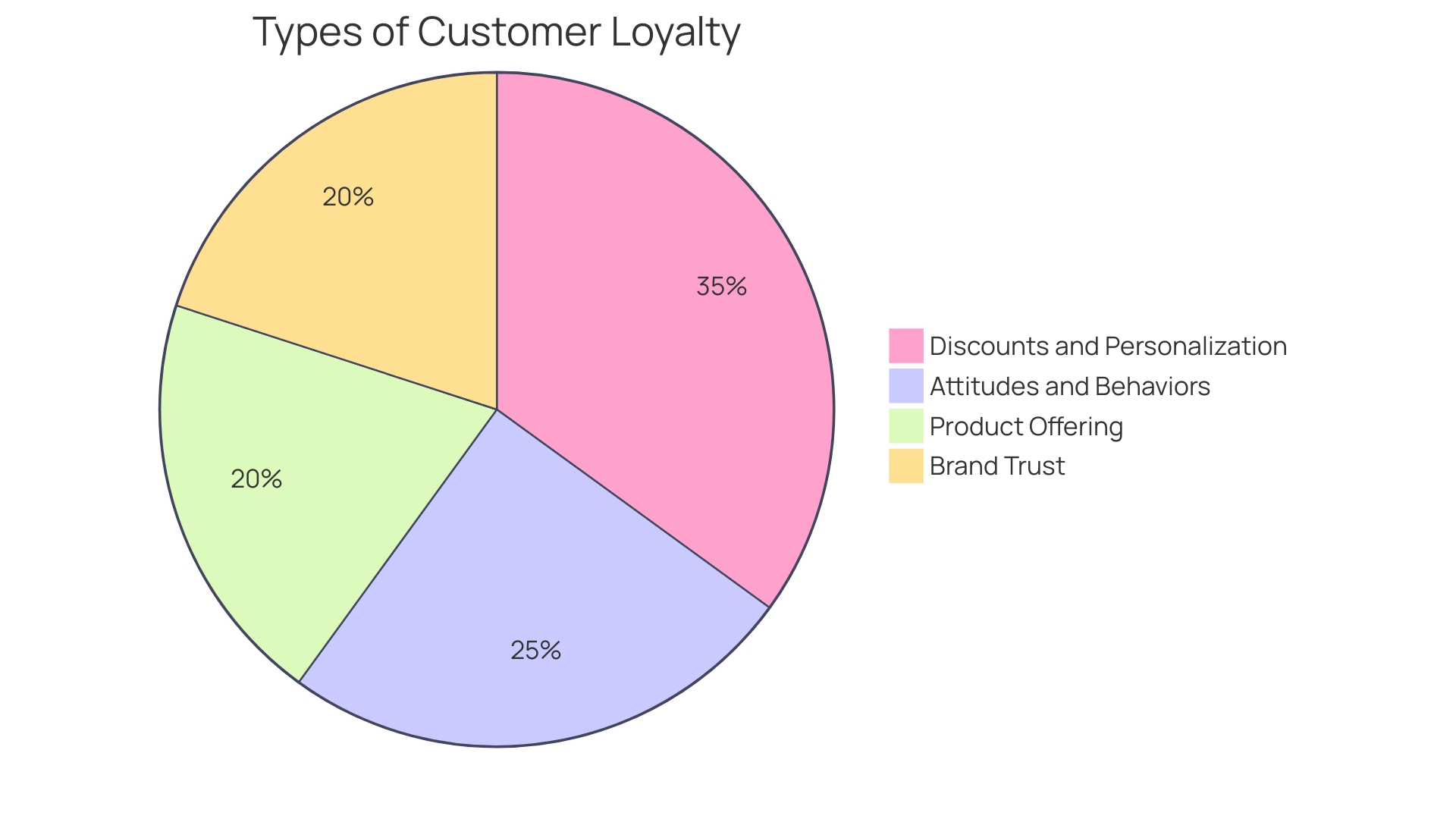
Navigating the Human Dimension and Organizational Challenges
Digital revolution surpasses mere adoption of new technologies; it is a profound revolution in business strategy and operations, often necessitating an overhaul of organizational structure, processes, and culture. Effective change management is quintessential in this journey, as it involves the human dimension—addressing the workforce's adaptability to new systems and methodologies. Involving employees in the change process is crucial. Offering clarity through communication and resolving resistance are key in cultivating an adaptable workforce. Leaders are tasked with setting the example, fostering a culture that prizes openness, collaboration, and an ethos of continuous learning and development.
Organizations that excel in this human element of going digital can enjoy its complete advantages. For instance, a leading retailer in Chile faced challenges in employee retention and recruitment during a period of rapid growth. By establishing a dedicated Talent area within their organization, they addressed the employee journey pain points, aiming to become the top choice for technology professionals in the country.
Furthermore, the significance of an ongoing change process, instead of a fixed 'unfreeze-change-refreeze' framework, cannot be emphasized enough. In an era where businesses are expected to evolve ceaselessly, efforts for change must be structured as ongoing processes. This approach aligns with the philosophy of learning from diverse case studies, as reported by industrial transformation analyses, which underscore the value of learning from peers and scaling best practices.
Finally, a strong technological foundation is essential. It serves as the foundation for customer service and internal collaboration, allowing businesses to adapt swiftly to technological advancements. As the shift towards the use of technology becomes essential in the post-pandemic environment, organizations are increasingly allocating resources to adopt emerging technologies such as AI, AR/VR, and IoT, motivated by market competition, growth prospects, and the need to stay abreast of rapid technological advancements.

Measuring and Adapting Your Digital Transformation Strategy
An essential component in the continuously changing landscape of transformation is the efficient measurement and adaptation of strategies. Setting strong key performance indicators (KPIs) enables organizations to monitor and assess the progress and impact of their initiatives. This not only serves as a barometer for success but also as a guidepost for making informed adjustments that resonate with the dynamic interplay between objectives and technological innovation.
For example, a principal analyst at Altimeter Group emphasized that transformation efforts frequently stumble due to a misalignment with overarching business strategies. The focus tends to skew towards digitization, which simply modernizes existing processes, rather than achieving transformative outcomes. To truly excel in a digital-first world, enterprises must readjust their models, ensuring that advanced tools serve as a catalyst for transformation rather than just an enhancement of the status quo.
Furthermore, a study by McKinsey emphasized the significance of execution in technological undertakings. Investment in technological advancements does not guarantee success; it is the seamless integration of these advancements that creates value. For instance, pioneers in the realm of modernization have utilized AI and analytics throughout customer journeys, greatly diminishing points of resistance and expenses, thereby expanding their competitive advantage in the market.
Backing up these conclusions, a comprehensive strategy for modernization was embraced by a significant participant in Chile's retail sector. Their rapid growth highlighted the need for a Talent division to retain and attract top technologists, aligning with their vision to become the preferred workplace in the field. By collaborating with the client and ensuring ongoing feedback, the organization was able to tackle executive-level awareness and make long-awaited structural decisions, ultimately improving their modernization approach.
In the world of technological advancement, implementation is as crucial as the vision itself. Leaders must navigate through common pitfalls such as lack of vision, inadequate planning, and overlooking the necessity for organizational change. By focusing on progress, defined as measurable advancements like increased efficiency and customer satisfaction, companies can translate efforts into tangible outcomes.
The process of converting to a new way of doing things electronically is full of obstacles, yet it also offers many chances for those who can skillfully gauge, adjust, and merge advancements with their fundamental operational plans.
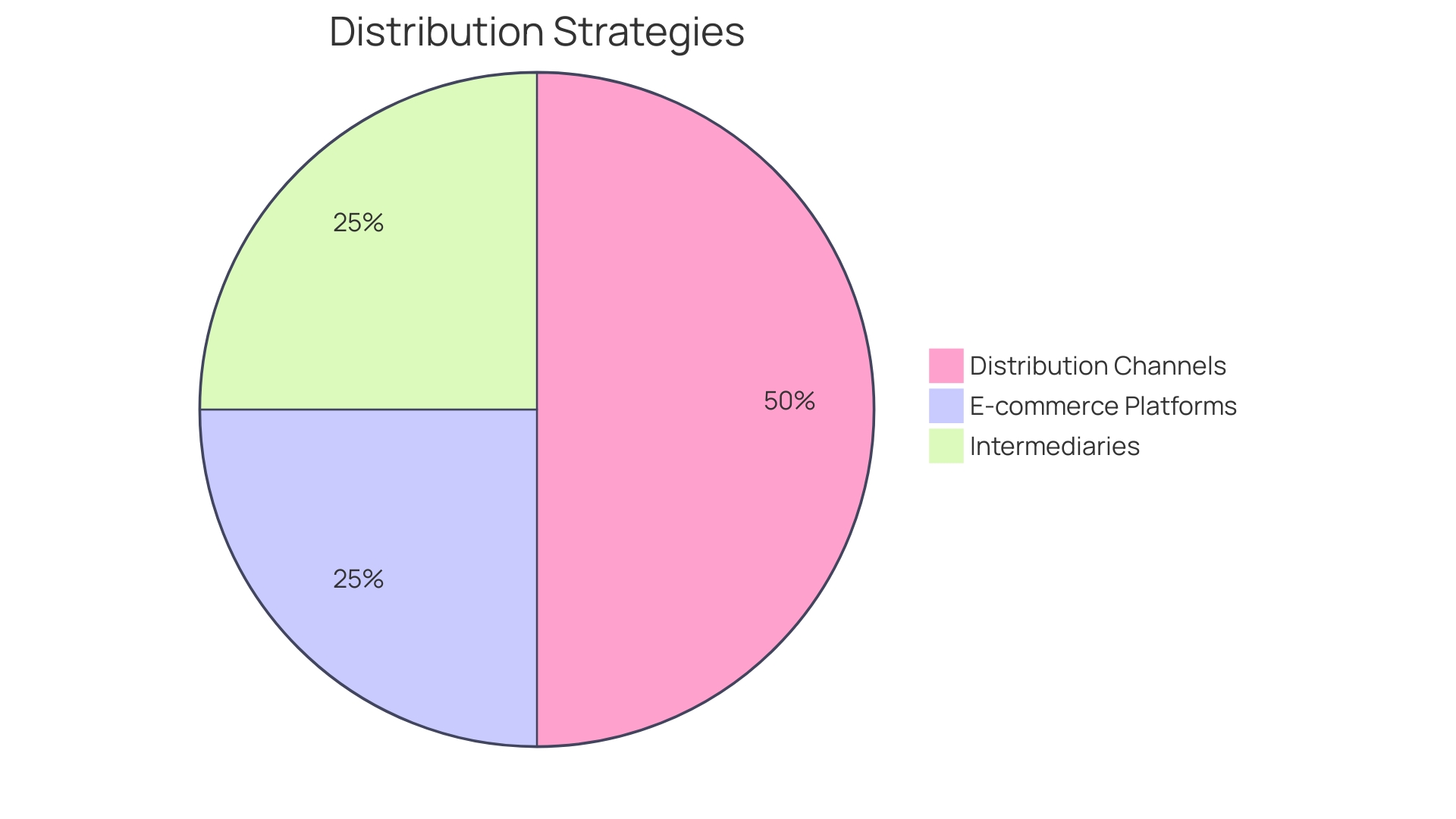
Common Challenges and Solutions in Digital Transformation
Overcoming the obstacles of the shift to the digital era demands a well-thought-out method, as demonstrated by the journey of Nets, a provider of payment solutions in the online realm. Nets' initiative to revamp the presentation of technical data illustrates a key obstacle many organizations face: making complex information accessible and engaging. Instructional Designer Karmela PeÄek of eWyse Agency highlights the importance of transforming data into forms that encourage user interaction and discovery.
To accomplish this, businesses must adopt a comprehensive perspective of modernization, recognizing it's not only about advancements, but also about fostering a culture that encourages change. The incorporation of electronic innovation must be purposeful, aiming to enhance efficiency, customer experience, and overall value delivery. Misconceptions, such as equating effort with progress or solely focusing on advancements, can hinder genuine change. As various studies suggest, progress should be measured in terms of efficiency gains, customer satisfaction, revenue growth, and cost reductions.
With the pandemic accelerating the need for technological transformation, organizations are shifting their views, recognizing it as a necessity rather than a luxury. Investment in emerging technologies such as AI, AR/VR, and IoT has become essential. However, it's crucial to align investment priorities with the anticipated impact areas, as noted by health system executives who prioritize virtual health and technology-enabled front doors.
By anticipating challenges and preparing for the, companies can better position theselves for successful transformation. This means addressing common pitfalls, such as a lack of clear vision or inadequate planning, which are foundational to success in the modern era. As companies like Nets and industry events such as DIGITAL X demonstrate, sharing experiences, networking, and collective thinking are crucial to redefining and achieving digitalization goals.
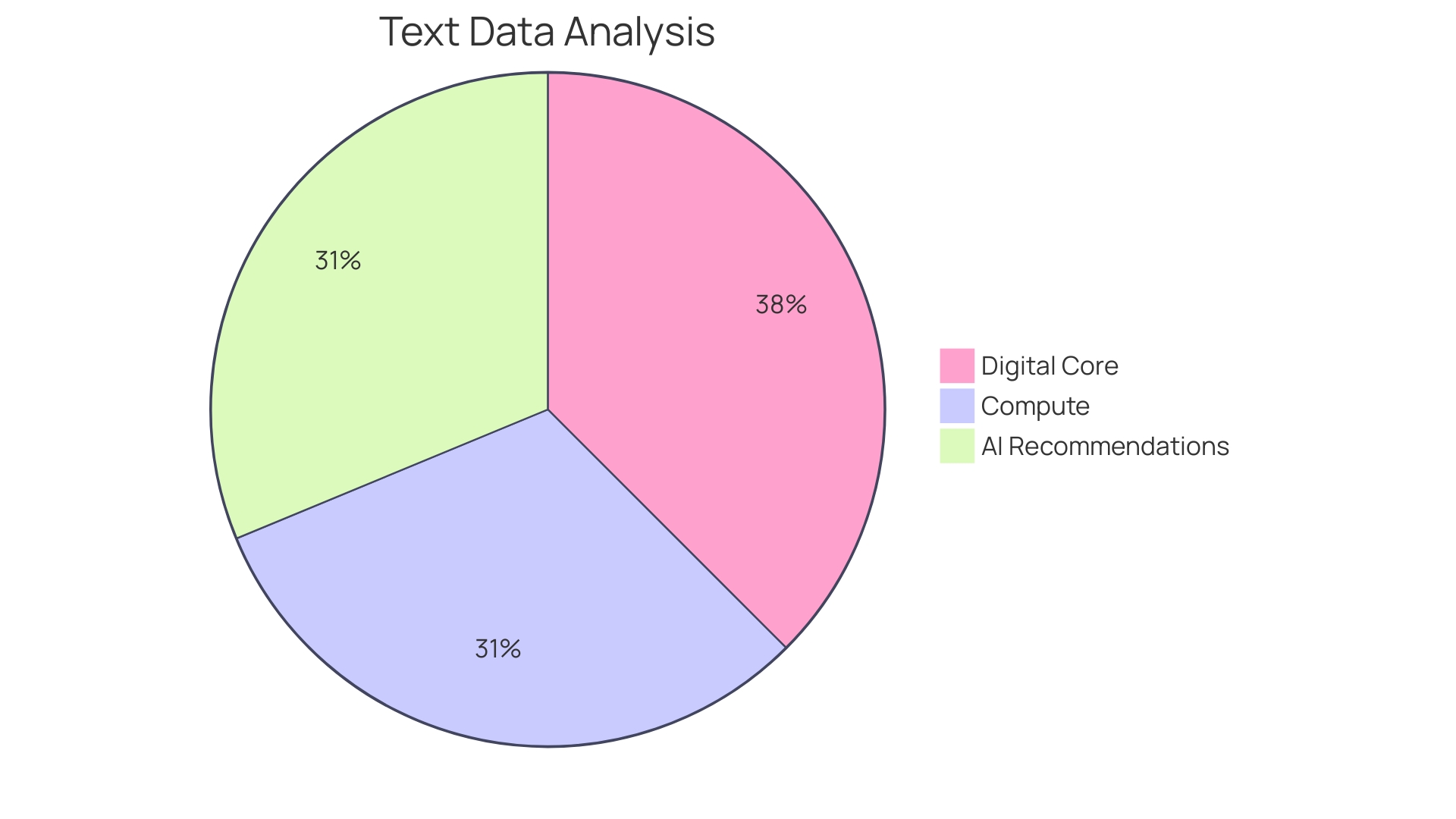
Scaling and Expanding Digital Initiatives
As organizations pursue the path of technological advancement, the way forward is not just about launching individual technology projects but also scaling them effectively to enhance their impact across the enterprise. A successful scale-up strategy involves replicating proven online initiatives in multiple business areas or geographies, underpinned by a robust and scalable technology infrastructure. Cloud computing plays a pivotal role here, offering the agility and scalability needed to support expansion. Additionally, a strong governance framework is essential to maintain consistency and manage the complexities of growth.
For example, the Ford Foundation acknowledged the necessity to revamp their online presence to stay in line with their content production, resulting in the creation of a new video accessibility plugin for the WordPress community. This shift was crucial in addressing the information needs of their diverse audience and supporting social change initiatives. Similarly, a major Chilean retailer, with over 400 supermarkets, faced challenges in scaling their technological division, which grew from 200 to 1,200 employees rapidly. They responded by establishing a Talent area to attract and retain top talent, reflecting the importance of human resources in scaling operations.
Satyendra Kumar's approach highlights the importance of collaboration and security in scaling initiatives. The creation of a Wikipedia-style playbook facilitated knowledge sharing within the organization, and a dynamic planning process allowed for a blend of automation and manual interventions. This strategic approach to expanding is clear in Schibsted's success, which attributes its sustainability in the online realm to a combination of brand strategies, customer-focused advertising, professional tech development, and a focus on growing the subscription-based operation.
These cases highlight the importance of clear vision and leadership in driving successful scaling. As the evolution of technology becomes more than just a trendy term, leaders must adopt a revolutionary mindset, posing fundamental inquiries about the future course of their enterprises. Statistics further strengthen this narrative, revealing the criticality of transformation post-pandemic, with increased investment in emerging technologies like AI, AR/VR, and IoT. The online economy continues to evolve, encompassing infrastructure, e-commerce, and priced online services, and the global value chain is expanding to fill the gaps in online service availability worldwide.
In summary, scaling initiatives is a complex yet vital endeavor that requires thoughtful planning, resource allocation, and stakeholder engagement. By replicating successful initiatives in the virtual realm and leveraging advancements such as cloud computing, organizations can maximize the benefits of these efforts and drive meaningful organizational change.
Ensuring Cybersecurity in Digital Transformation
In the era of technological transformation, cybersecurity stands as a fortress safeguarding the vital components of an organization's digital ecosystem. As businesses like M&T Bank and Arab National Bank revamp their operations with advanced technologies, the importance of cybersecurity corresponds to the increase in adoption of technology. The banking sector, in particular, illustrates the heightened need for cyber-defense mechanisms amidst its evolution towards a digital-first customer experience. Financial institutions grapple with stringent regulatory demands and the protection of sensitive data, which are pivotal to maintaining trust and operational integrity.
A striking example of the cybersecurity imperative is the statistics from the first half of 2023, where out of ninety-five billion security events analyzed, 985,000 were classified as potential threats. This reveals the relentless presence of cyber risks and the importance of AI-based detection systems in preempting security breaches. As compliance transcends its role from a mere technicality to a principal boardroom agenda, organizations are pressed to maintain rigorous cybersecurity standards, like the PCI DSS, to avert financial penalties and reputational harm.
Furthermore, the healthcare sector, as represented by the Guthrie Clinic's comprehensive IT solutions, underscores the role of cybersecurity in protecting not only data but also the holistic well-being of communities. The clinic's dedication to community health is a poignant reminder of the far-reaching impact cyber threats can have beyond the technological sphere.
Taking proactive measures, such as implementing clean code standards, is not a luxury but a necessity to ensure software maintainability and performance, as demonstrated by M&T Bank. The investment in robust cybersecurity infrastructure, including firewalls, encryption, multi-factor authentication, and ongoing security audits, is integral to an organization's resilience. Additionally, the cultivation of cybersecurity awareness among employees and the development of incident response plans are indispensable components of a comprehensive security strategy.
Given the pervasive nature of cyber threats, as echoed by the sobering realization that 'nobody cares about security until they need to restore their data,' the stakes have never been higher. The process of evolving technologically is inseparable from the pursuit of cybersecurity excellence, making it a cornerstone of any effective operating model.
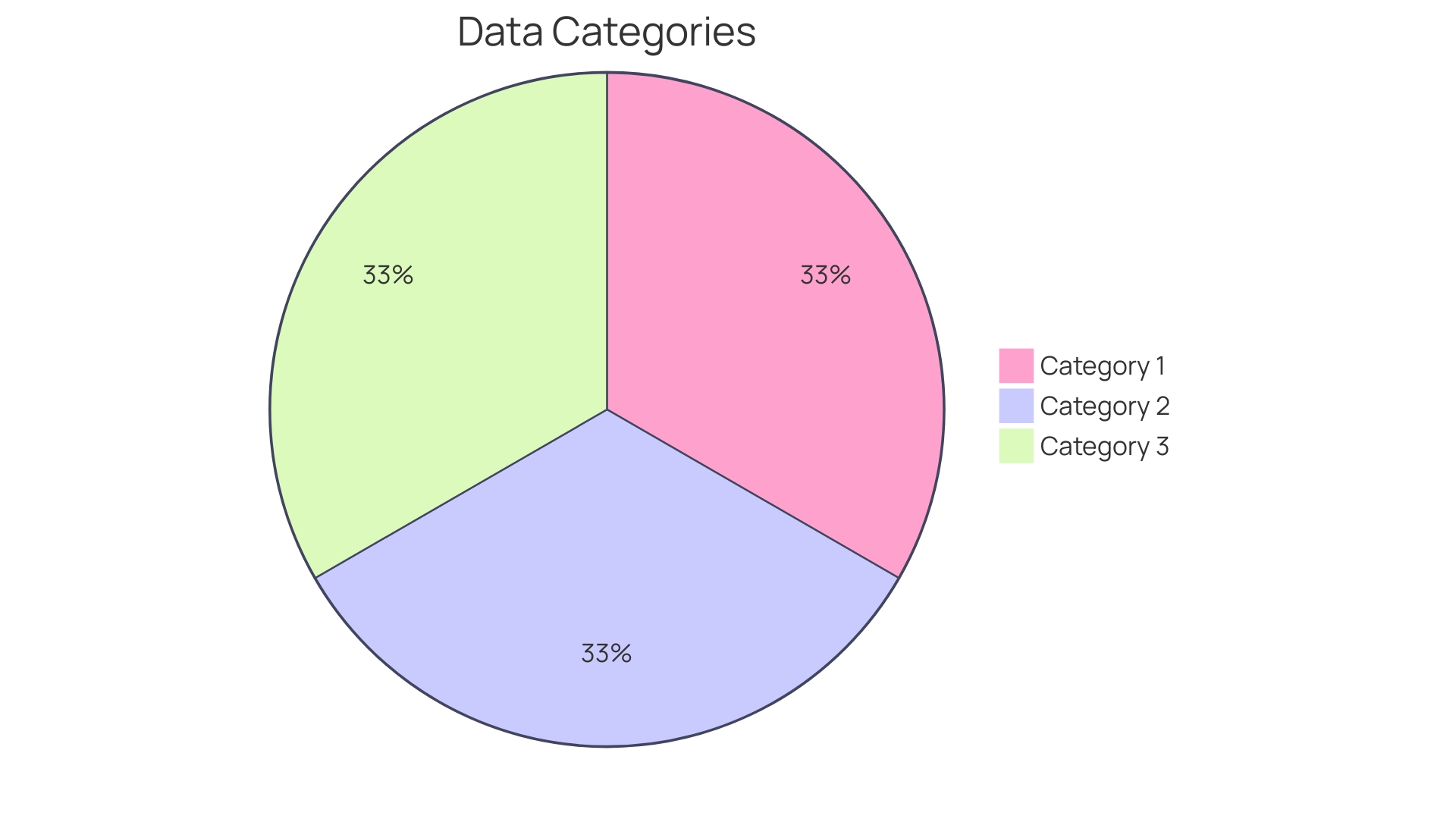
Continuous Improvement and Adaptation
The process of going digital is not just a one-time endeavor, but an ongoing journey that requires a culture of constant innovation, agility, and a willingness to experiment. It is crucial for organizations to establish a feedback loop where the impact of technological initiatives is regularly evaluated and refined based on stakeholder input. Impressive instances of successful modernization come from different sectors, showcasing the flexibility required in different business landscapes.
For instance, M&T Bank, with its long-standing history, faced the challenge of establishing Clean Code standards to maintain the performance and security of its software in the face of stringent regulatory demands. This initiative emphasizes the significance of establishing high-quality standards for software development as part of a strategy to prevent costly errors and security breaches.
Meanwhile, a leading Chilean retailer, despite its extensive network and market dominance, encountered hurdles in talent retention and acquisition due to rapid growth. This situation highlights the necessity of not only fostering a technological infrastructure but also ensuring the management of talent aligns with the company's goal of becoming a preferred employer for tech professionals.
Moreover, Rivian, an innovative electric vehicle manufacturer, is pushing the envelope with its commitment to environmental sustainability, aiming for net zero emissions by 2040. Rivian's objective highlights the necessity for an overhaul that includes supply chain and process sustainability to achieve ambitious long-term goals.
Retail Technology Review sheds light on the retail industry's transformation, emphasizing the crucial role of AI and machine learning in enhancing customer experiences and operations. The integration of these technologies requires meticulous planning and the right technical solutions to ensure successful implementation.
A crucial part of this journey is the adoption of a product thinking mindset, which focuses on long-term growth and innovation by understanding and addressing customer needs. This approach differs from the traditional maintenance mindset, which prioritizes stability over innovation.
Experts in the evolution of technology acknowledge that hard work does not translate into advancement; it is the tangible outcomes - enhancements in effectiveness, client contentment, income expansion, and expense reduction - that genuinely gauge accomplishment. To this end, automated testing has emerged as a vital practice, ensuring continuous quality checks throughout the development process, thereby saving time and resources.
In summary, by comprehending and foreseeing the obstacles of the shift in technology, companies can get ready for the path ahead. Emphasizing flexibility, resilience, and product thinking, while keeping customer needs at the forefront, will bolster the chances of successful and sustainable digital transformation.
Conclusion
Digital transformation is a profound revolution that goes beyond adopting new technologies. It involves reimagining business models, streamlining processes, and nurturing a digitally savvy culture. Nets, a digital payment solutions firm, exemplifies the significance of transforming complex technical data into user-friendly formats.
Crafting a robust digital transformation strategy aligned with business goals is essential. It requires reskilling and upskilling the workforce to thrive in a rapidly changing technological landscape. Selecting and integrating the right digital technologies is crucial for innovation and growth.
Data management, automation, and optimization of workflows enhance efficiency and improve user experiences. Effective leverage of customer data and design thinking principles drive personalized and frictionless experiences. Change management is vital to address the human dimension and foster adaptability.
Establishing key performance indicators (KPIs) and measuring progress are essential for successful digital transformation. Scaling digital initiatives requires replication in multiple areas, supported by a scalable technology infrastructure. Cybersecurity safeguards the digital ecosystem.
Digital transformation is an ongoing journey that demands innovation, agility, and a willingness to experiment. Continuous evaluation and refinement based on stakeholder input ensure success. By embracing comprehensive strategies, organizations can navigate challenges, harness digital innovation, and achieve sustainable growth in the digital era.
Ready to craft your digital transformation strategy? Contact us today!




